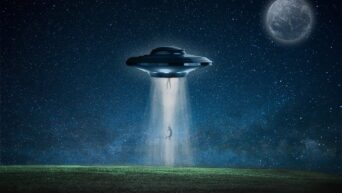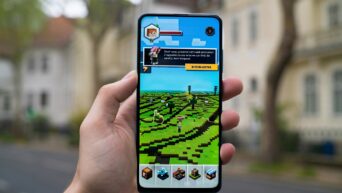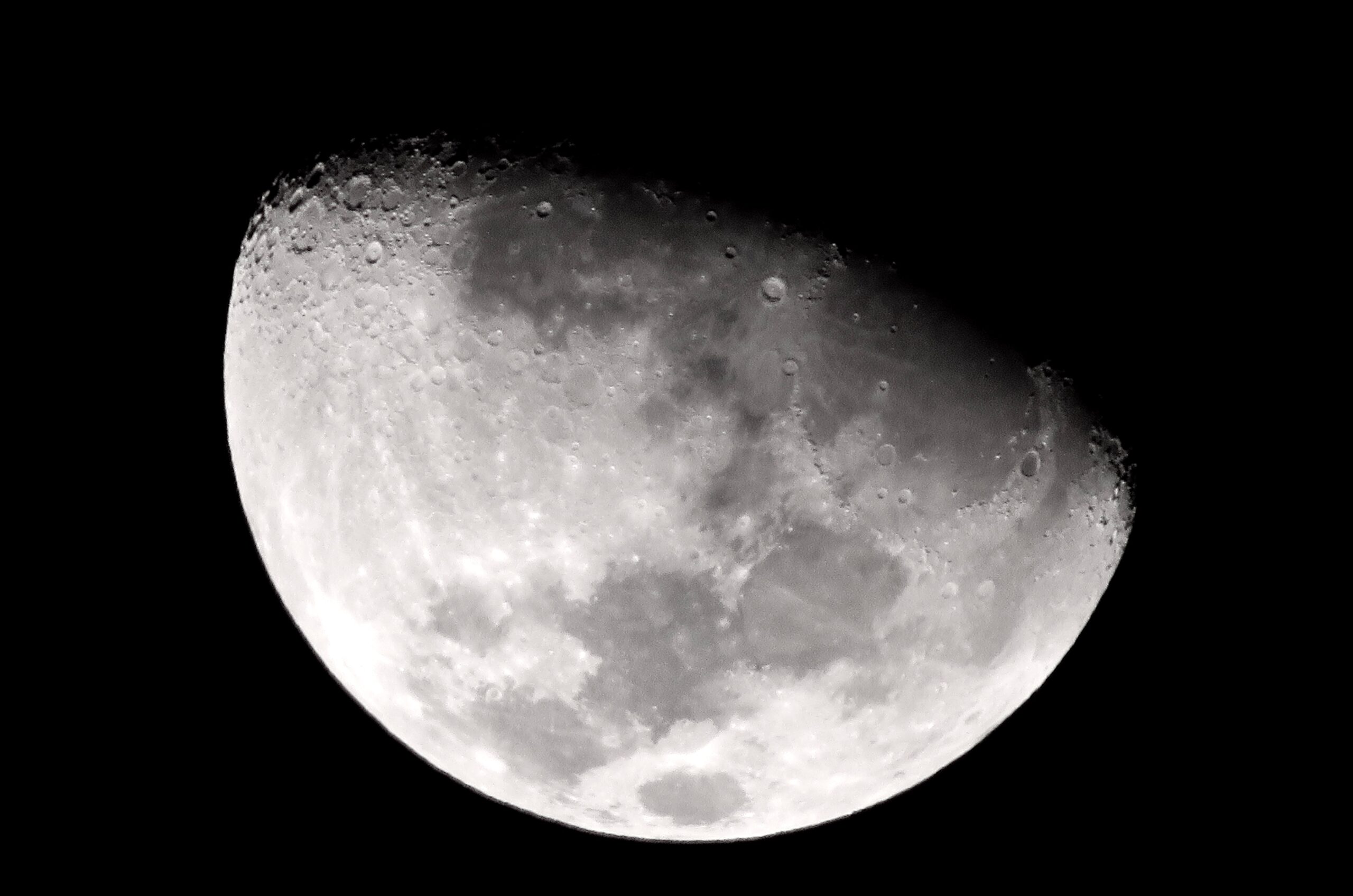Vikram and Pragyan Rise from Moon’s South Pole Slumber, Ready to Continue Their Extraordinary Mission
The Indian Space Research Organization (ISRO) is on the edge of its seats as it awaits the awakening of the Chandrayaan-3 lander and rover modules, which have been in hibernation mode following a successful landing on the moon’s south pole in August. India, with this historic mission, became the fourth country to achieve a lunar landing, joining the esteemed ranks of the United States, Russia, and China.
The Vikram lander and Pragyan rover, which were part of the Chandrayaan-3 mission, conducted a series of experiments on the lunar surface from August 23 to September 4, gathering invaluable data and images. Following this initial phase of their mission, both modules were placed into a 14-day hibernation mode to endure the extreme cold of the lunar night.
Union Minister of Science and Technology, Jitendra Singh, expressed optimism during a discussion in the lower house of Parliament, Lok Sabha, stating, “All efforts are being made to awaken Vikram and Pragyan from their sleep. When we sleep on earth, Vikram and Pragyan will perhaps wake up on the moon.” Singh further shared that the instruments’ solar batteries have been fully charged in preparation for their awakening.
https://x.com/isro/status/1706169261801267290?s=20
Scientists and engineers at ISRO closely monitor the lunar conditions, eagerly awaiting the rise in temperature near the moon’s south pole, a crucial factor in reactivating the lander and rover. ISRO Chairman S Somanath remarked, “It would have been easy if there was a way we could know if they would wake up, but we have to wait and see how systems behave after Sunrise.” The hope is that both Vikram and Pragyan will automatically wake up if they have successfully weathered the lunar night.
Chandrayaan-3’s lander and rover modules have already accomplished their primary mission objectives, including a soft landing on the moon, surface roving, and conducting on-site experiments. Notably, Vikram even performed a short lunar hop, exceeding the initial mission objectives. The Pragyan rover’s exploration efforts included capturing images of the landing site and analyzing lunar dust for traces of sulfur, which could offer insights into past volcanic activity.
ISRO’s endeavors to establish contact with Vikram and Pragyan will persist as it eagerly awaits communication from these iconic lunar explorers. Chandrayaan-3’s success builds on the legacy of Chandrayaan-2 despite the previous mission’s setback in 2019 due to a software glitch. The Chandrayaan-2 orbiter continues to study the moon from lunar orbit diligently.

































